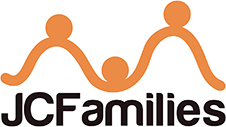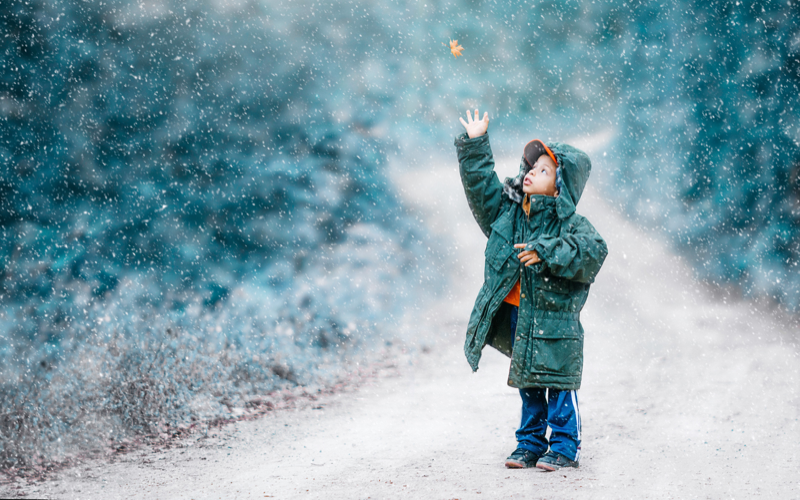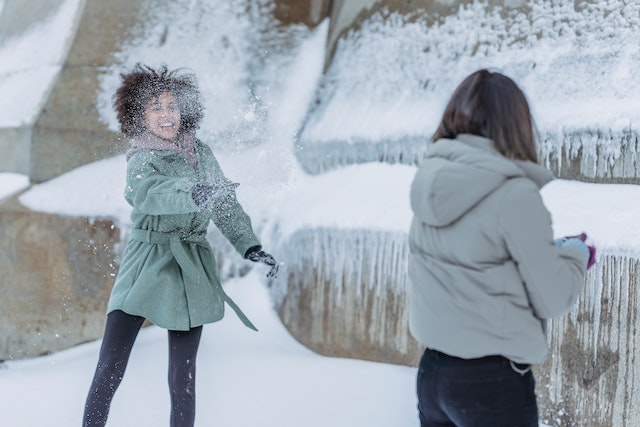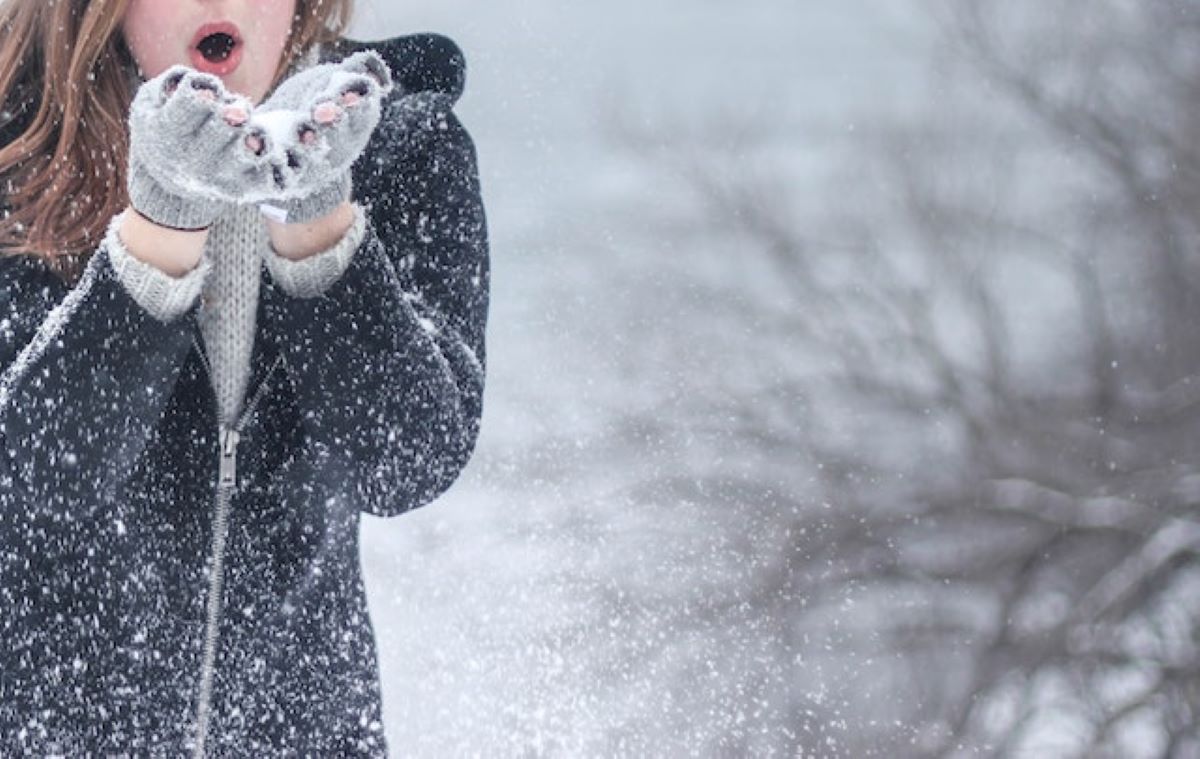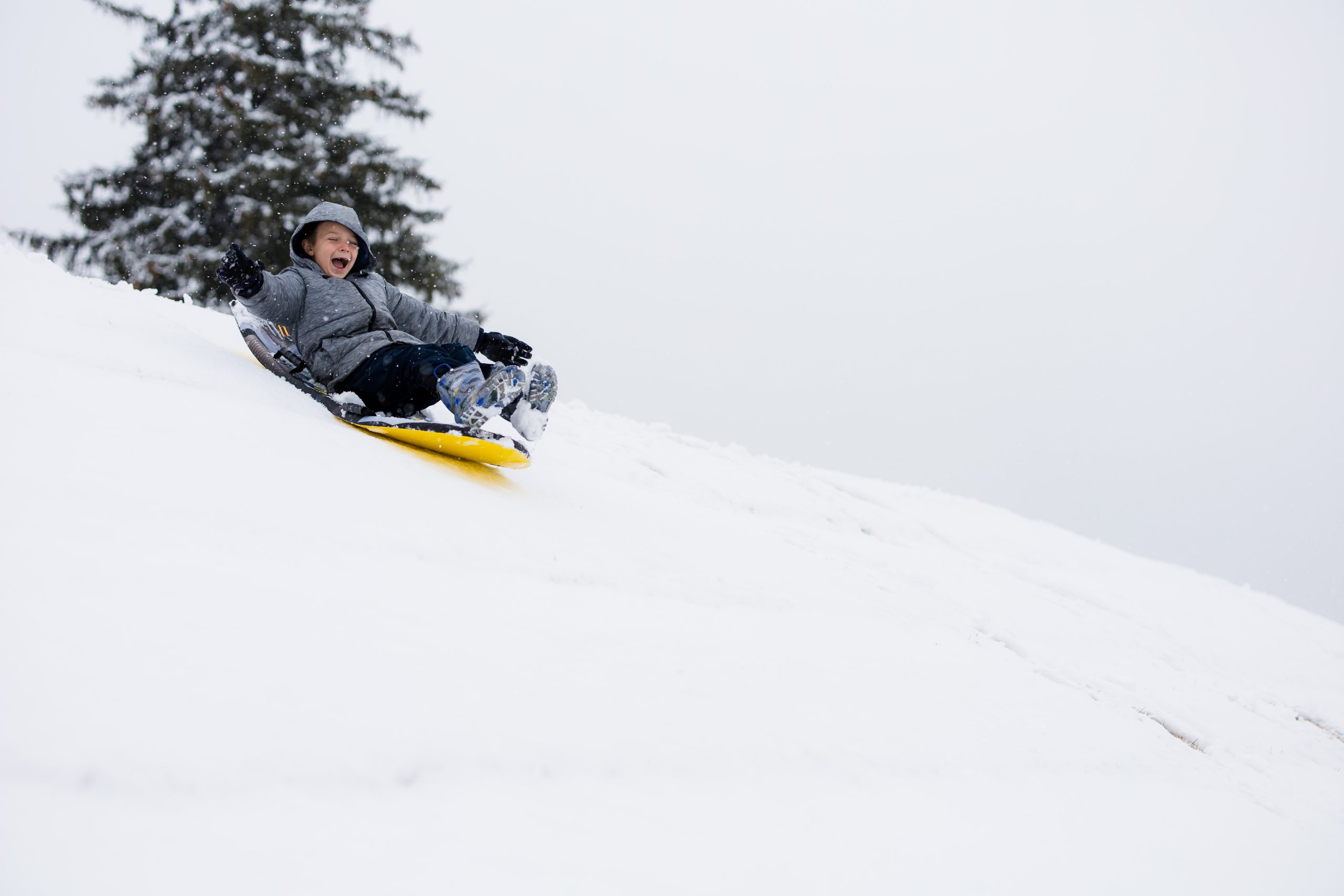Keeping active in the cold
Movement and exercise are important for everyone, but especially for young, developing kids. As children’s nervous systems are maturing, they need movement to help them make sense of the world. Children sometimes can improve their concentration and performance in school when they have movement activities interspersed throughout the day. The active movement help children to know their physical boundaries and can help them improve their general health. Our lives are getting more and more sedentary, especially with all the fun activities we can do with computers and all the great videos and shows for children. It may be especially hard to find movement opportunities for our children now that the weather is getting colder. Here are some ideas to incorporate movement activities indoors.
A mini trampoline designed for indoor use with children can be used, especially if you have little space. Exercise balls like you’d have for pilates can be fun for kids as well. If you have more space, ride-on toys and scooter boards can be used indoors. Mattresses on the floor can be used for jumping on as well. All of this equipment would require close adult supervision, of course. To make it even better, join in on the fun with your kids sometimes! Wrestling with a caring adult or older child involves lots of fun movement. You can put tape on the floor (painter’s tape leaves little, if any, residue) and create lines to walk on or jump across. You can make shapes with the tape and have the children jump between circles, squares, triangles, etc. You could also make parallel lines with the tape and call it a river so the kids can climb into a box and row down the river. Let your imagination soar!
Playing in the snow can be fun for kids of all ages! You might head for indoor play places such as Gymboree or My Gym. Other indoor attractions such as Liberty Science Center, the New Jersey Children’s Museum and indoor water parks can also encourage movement.
You can put on some lively music and dance. Stop the music and play freeze dance. Or you can make up dance moves and have everyone imitate each other’s moves. You can toss a balloon in the air, or use rackets or paddles to hit it around. You can take a sheet and play parachute and put the balloons in the parachute. A lot of young kids like to have an adult hold onto either end of the sheet and have the child sit in the middle while the adults swing them back and forth. You can play bean bag toss and have bins or garbage cans to throw the bean bags in. Or you can crumble up newspapers and throw them around, throw them at targets, or throw them into bins. You can play charades. You can also walk like different animals – crab walk, jump like a frog, walk like an elephant – whatever!
These are ideas to get you started. There are a lot of things you can do with children to get them moving inside. If you have special equipment, you can use it. But you can also just use your imagination and things you have around the house. Have fun with it!
About the author:
Linda Velwest is a pediatric occupational therapist working with early intervention. She also teaches Autism Movement Therapy classes
